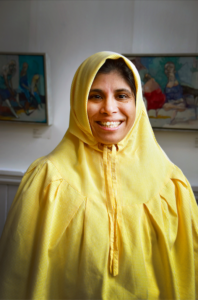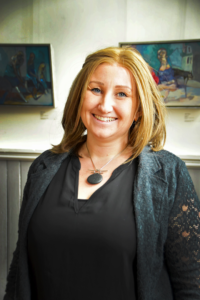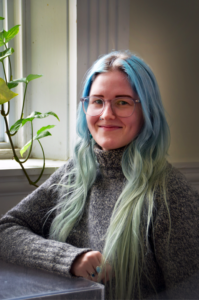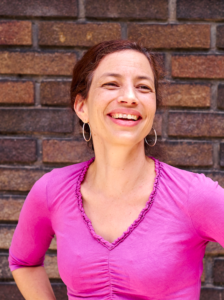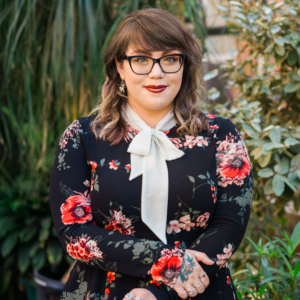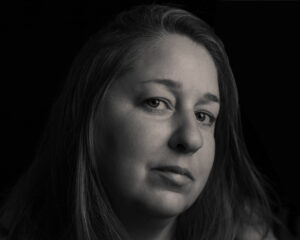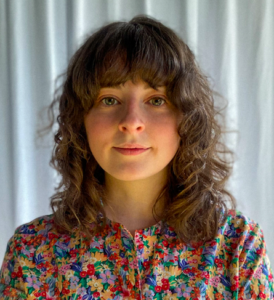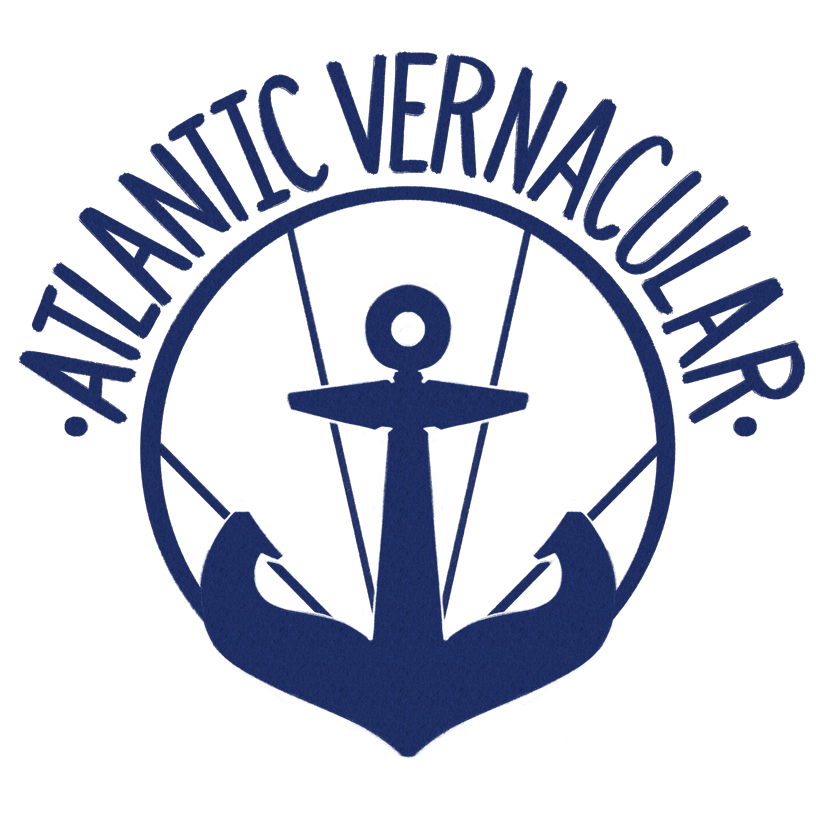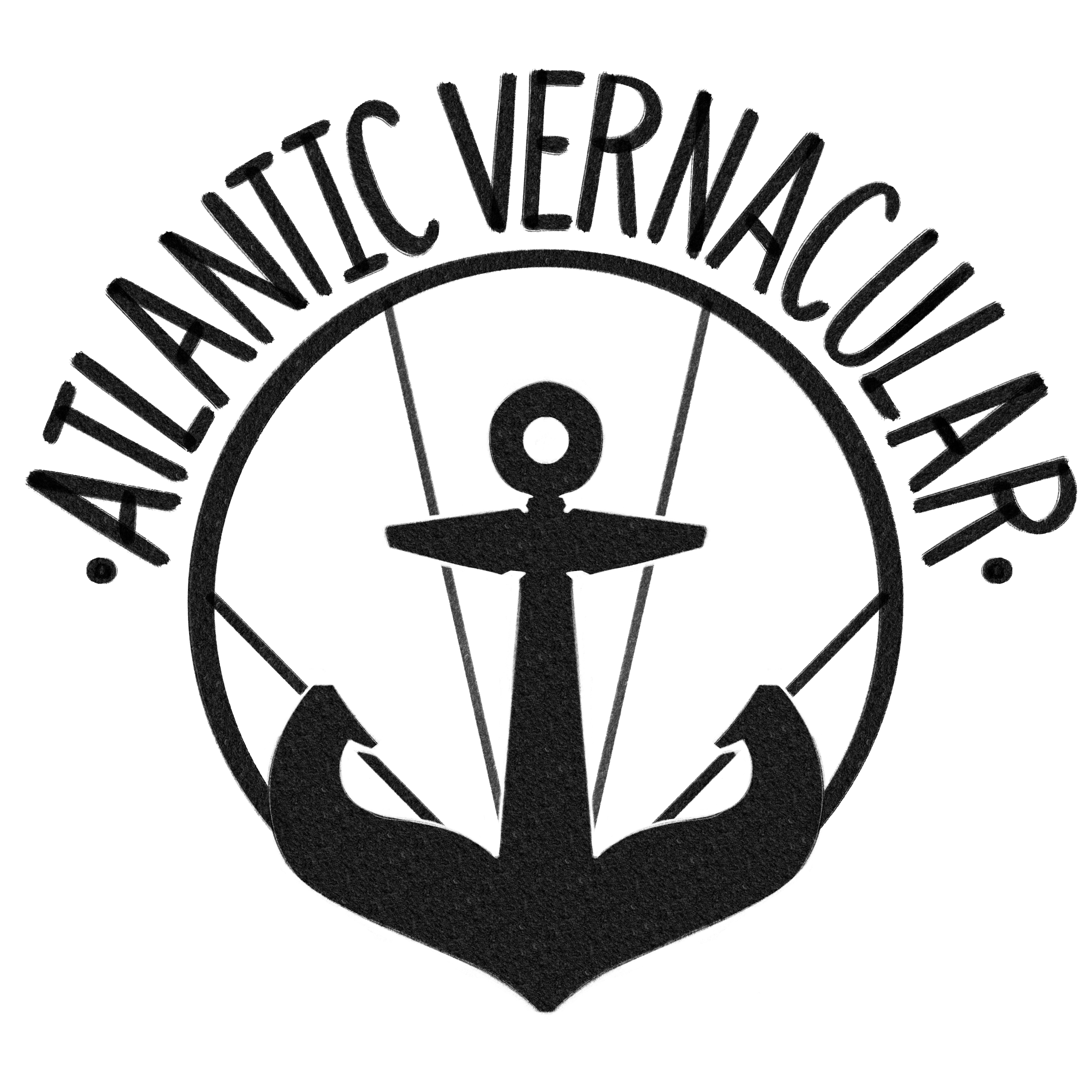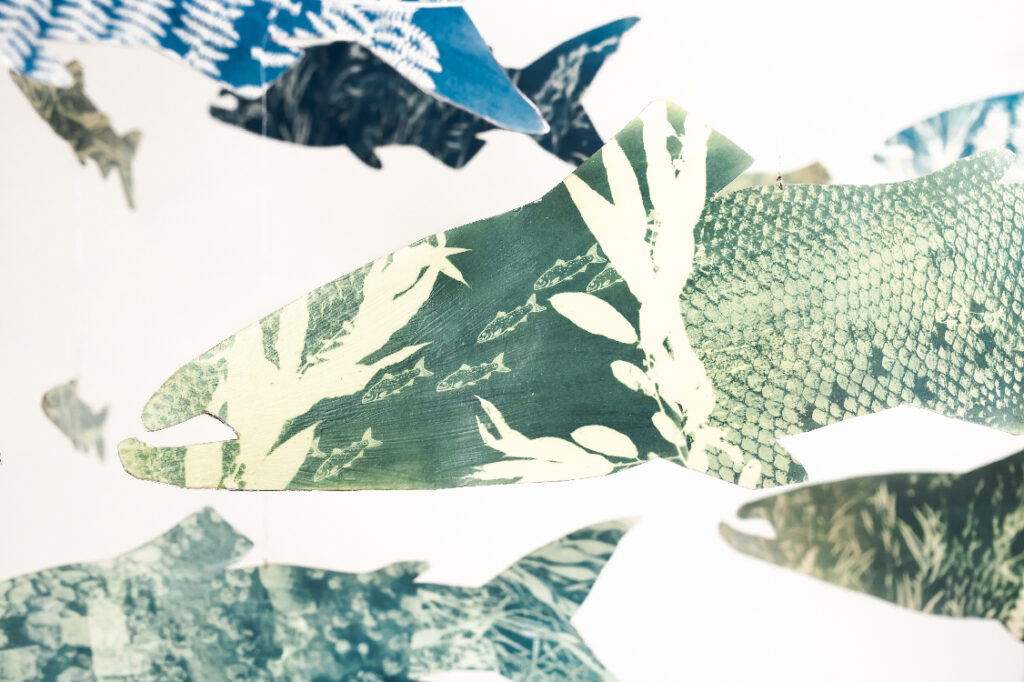Atlantic Vernacular
Curatorial Statement
Atlantic Vernacular is an online exhibition of contemporary craft paired with poetry of Atlantic Canada. Voices of the region include those of our first nations, and multiple mother tongues represented by participating artists and poets. This region is a den of material experimentation, integration of work with one’s environment, and honest confrontation with the challenges of making work in a conservative region of the country. After artworks were selected for exhibition, regional poets were invited to interpret the works through their own medium of verse.
Énoncé relatif à la conservation
Vernaculaire Atlantique est une exposition en ligne d’artisanat contemporain associé à de la poésie du Canada atlantique. Les voix de la région comprennent celles de nos Premières Nations et les multiples langues maternelles représentées par les artistes et poètes participants. La région de l’Atlantique est un véritable creuset d’expérimentations matérielles, d’intégration des œuvres à leur environnement et de franche confrontation avec les défis qu’implique la création d’œuvres dans une région traditionnaliste du pays. Après la sélection des œuvres d’art pour l’exposition, des poètes de la région ont été invités à interpréter les œuvres par le truchement de leur propre art, la poésie.
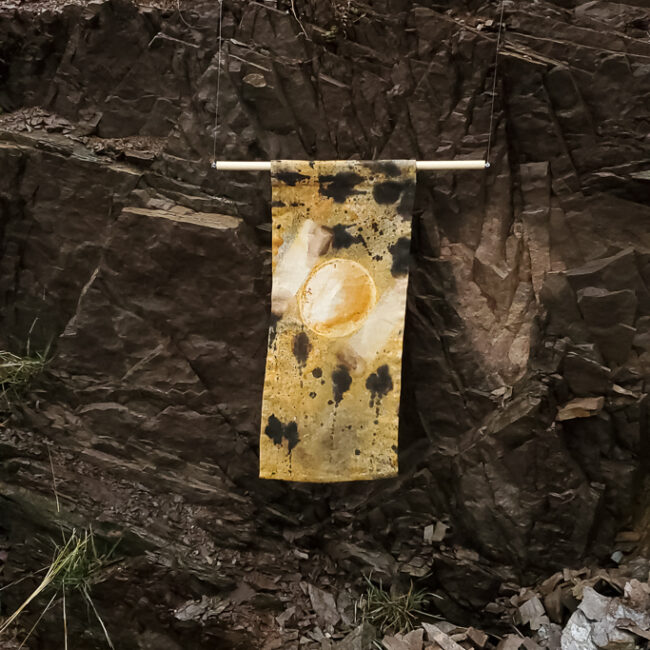
Artists of this region deploy a scrappy enthusiasm for using materials at hand to push their mediums in exciting new directions. A recurring characteristic of many art practices here is to upcycle and repurpose the very present detritus of co-existing with the ghosts of our past, as is seen in the work of Peter Powning, Shawn O’Hagan, Renata Britez and Melanie Hamilton. Powning, for instance, recuperates the antique dishware so ubiquitous in the kitchen cupboards of maritimers and assembles it into new configurations, often combining plates of slightly different patterns that nonetheless match due to shared provenance in English China factories. Artists here are exuberant playful while also engaging in serious practice. Their work often emulates, interpolates, or mimick our surroundings wild, rural, or urban. Darren Emenau, Matthew Cripps, and Josie Clarke all call in forms akin to organisms from our forests, and waterways. Clarke prompts us to consider just this in her work Reservoir pipe : “The materials are salvaged from decommissioned rail sites, derelict marine vessels and neglected warehouses. These spaces hold broken promises, but also potential. Industries promise prosperity, but what follows their decline?
Les artistes de la région affichent un enthousiasme débridé pour utiliser les matériaux qu’ils ont à portée de la main afin de pousser leurs techniques dans de nouvelles directions. Une caractéristique qui se retrouve souvent dans de nombreuses pratiques artistiques ici, c’est le recyclage et la réutilisation de déchets provenant de notre existence contemporaine que l’on amène à coexister avec des fantômes de notre passé. Ce trait caractéristique est manifeste dans le travail de Peter Powning, Shawn O’Hagan, Renata Britez et Melanie Hamilton. Ainsi, Peter Powning récupère la vaisselle ancienne que l’on trouve dans les placards de cuisine des habitants des Maritimes et il créé de nouvelles configurations. Souvent il s’amuse à combiner des assiettes aux motifs légèrement différents qui s’harmonisent néanmoins étant donné qu’ils proviennent tous des usines de porcelaine anglaises. Les artistes d’ici se montrent à la fois exubérants et ludiques tout en abordant leur pratique artistique avec sérieux. Bien souvent, leurs œuvres imitent, miment ou interpellent notre nature sauvage et notre environnement tantôt rural, tantôt urbain. Darren Emenau, Matthew Cripps et Josie Clarke font tous appel à des formes qui évoquent les organismes de nos forêts et de nos cours d’eau. Dans son œuvre intitulée Reservoir pipe, Josie Clarke nous incite à réfléchir à cette perspective : « Les matériaux sont récupérés sur des sites ferroviaires désaffectés, dans des navires et des entrepôts laissés à l’abandon. Ces lieux en déshérence sont porteurs de promesses non tenues, mais recèlent aussi tout un potentiel. Les industries nous promettent la prospérité, mais qu’est-ce qui suivra leur déclin? »
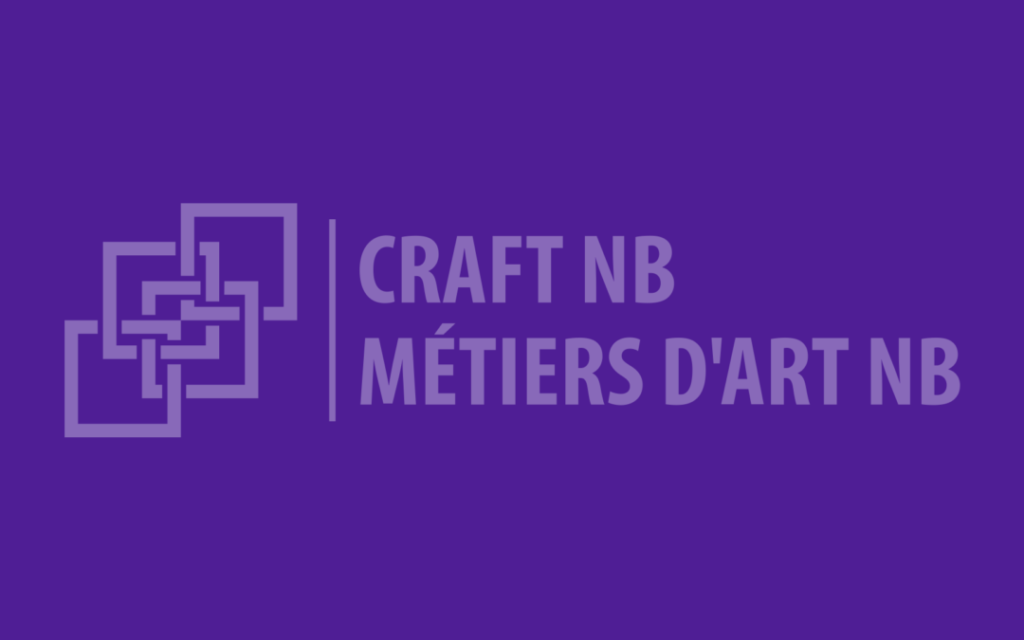
Atlantic Vernacular is Presented by Craft NB
Craft NB, formally known as the New Brunswick Crafts Council, is a non-profit organization that supports, and promotes professional craft makers. In 2019, Craft NB dreamed up the idea of working with a group of poets to push work, conversation and creativity into new creative realms. The call for artists was opened up to all juried crafts council members from coast to coast to submit work around the theme Atlantic Vernacular. Gillian Dykeman was selected as the exhibition curator, and plans were made to tour the physical exhibition across Atlantic Canada, with the hope of taking it to Europe. As with many things in recent years, the pandemic changed the course of this exhibition, but with support from the Canada Council for the Arts and the Province of New Brunswick, we pivoted, and switched gears to launch our first ever digital exhibition.
Be sure to follow Craft NB on social media as well. We will be having artist talks and online events that correspond to this exhibition. Don’t miss out!
À propos de nous
Métiers d’art NB, qui était autrefois le Conseil d’artisanat du Nouveau‑Brunswick, est un organisme sans but lucratif qui soutient les artisans professionnels et en fait la promotion. En 2019, chez Métiers d’art NB, nous avons pensé travailler avec un groupe de poètes pour pousser plus loin la conversation et la créativité afin d’atteindre de nouveaux sommets dans la créativité. L’appel aux artistes a été lancé à tous les membres sélectionnés des conseils des métiers d’art d’un océan à l’autre pour qu’ils et elles soumettent des œuvres autour du thème Atlantic Vernacular (Arts en Atlantique). Gillian Dykeman a été choisie commissaire de l’exposition, et on avait prévu de transporter l’exposition physique une peu partout au Canada atlantique, voire en Europe. Comme pour beaucoup de choses ces dernières années, la pandémie a bouleversé nos plans, mais avec le soutien du Conseil des Arts du Canada et de la province du Nouveau-Brunswick, nous avons plutôt lancé notre toute première exposition numérique.
N’oubliez pas non plus de suivre Métiers d’art NB sur les médias sociaux. Nous aurons des discussions avec les artistes et des événements en ligne en rapport avec cette exposition. Ne ratez surtout pas l’occasion!
côte est
a poem composed for CraftNB’s Biennale exhibition, Atlantic Vernacular
- We don’t need much in the way of orienting ourselves, can find the stella maris most nights and that’s enough. The men in my family worked the same fleet of tugboats toute ma vie, each vessel named for a tree: Juniper, Hemlock, Spruce. We got strong roots but roam nonetheless, home nowheres and everywheres at once.
- We measure time in shifts and seasons. When dad was working my sister and I wore his Moosehead t-shirts as nighties, grew accustomed, as mom had, to his coming and going. She swears it’s the secret to a happy marriage: loin des yeux, près du cœur. Shed night marked his homecoming, the garage smelling of woodsmoke, cheap lager and brine—the harbour’s brume lingering on our father and his crew.
- We know what we don’t know: if floodwater will spoil the fiddleheads again this spring, contaminating the wild ferns and the Wolastoq river. If the abortion clinic will stay above water: the climate, political and environmental, unsteady. If the car’ll make it through another greasy winter: rust blooming over its fenders, flaked paint like the lichen on the maples in the dooryard. Cousse-tu veux chte-dise?
- We got stories. Of Pépère, less mobile with age, taking the lawn tractor down to the fishing hole and getting it good and stuck. Of Mémère’s earliest memory celui de sa mère enceinte, la perte des eaux et l’arrivée de la sage-femme pour l’accouchement. She was yet the youngest of what would be seize enfants, se souvient que l’arôme du sang, de la sueur et du liquide amniotique sent comme la marée basse.
— Jenna Lyn Albert
2019
